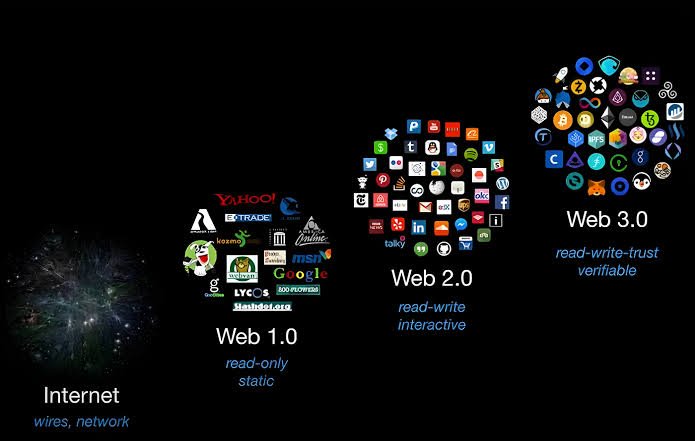Exploring Web3 and its Impact on the Future of the Internet
The internet has evolved significantly since its inception, and we are now witnessing a revolutionary shift with the advent of Web3. Unlike its predecessors, Web3 represents a decentralized, user-centric internet where individuals have greater control over their data, assets, and digital identities. This emerging paradigm is set to reshape how we interact with the digital world and may potentially disrupt traditional centralized systems.
At its core, Web3 utilizes blockchain technology to create a decentralized infrastructure, enabling users to directly interact and transact without intermediaries. Blockchain, a distributed and immutable ledger, ensures transparency, security, and trust in online interactions. This opens up a plethora of opportunities, from decentralized finance (DeFi) to non-fungible tokens (NFTs), and even decentralized applications (dApps).
Decentralized Finance (DeFi): Redefining Finance
DeFi is a prominent aspect of the Web3 movement, offering a range of financial services without relying on traditional banking systems. Through smart contracts, DeFi protocols facilitate lending, borrowing, trading, and more, providing financial inclusivity to individuals worldwide. This democratization of finance has the potential to disrupt traditional banking, making financial services more accessible and efficient.
Non-Fungible Tokens (NFTs): Unique Digital Assets
NFTs are another exciting facet of Web3, allowing the ownership and trading of unique digital assets. NFTs are indivisible and irreplaceable, representing ownership or proof of authenticity for digital art, collectibles, music, and other forms of creative expression. Artists and creators can now tokenize their work, enabling them to retain more control and receive a fair share of the value generated by their creations.
Decentralized Applications (dApps): Empowering Users
Web3 enables the development and usage of dApps, which run on decentralized networks. These applications are resistant to censorship and offer a more transparent and secure user experience. dApps can range from social networks to productivity tools, all while ensuring users have greater control over their data and privacy.
The Future of Web3
Web3 holds immense promise, but challenges such as scalability, user-friendly interfaces, and regulatory frameworks need to be addressed for mainstream adoption. As the ecosystem continues to evolve and mature, collaborations between developers, businesses, and policymakers will be crucial in navigating this new frontier responsibly and maximizing the potential benefits of Web3.
At the end, Web3 signifies a transformative shift in the digital realm, paving the way for a more inclusive, transparent, and user-centric internet. With blockchain technology at its core, Web3 is set to disrupt traditional models, democratize finance, empower creators, and redefine how we interact with the digital world. The journey into the era of Web3 has just begun, and its potential to reshape our digital landscape is both exciting and promising.

Epic post!
Sharing it in our community, please join us/post from here: https://peakd.com/c/hive-145415